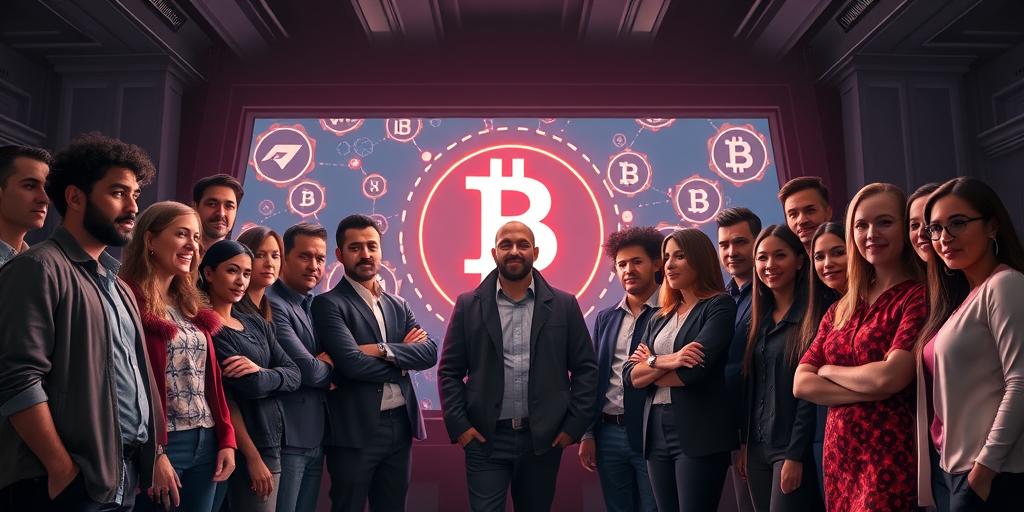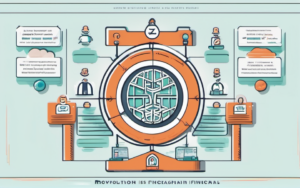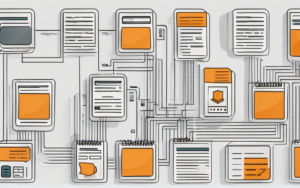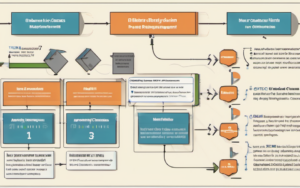The rise of the digital age has brought about countless benefits for artists and creators, but it has also created new challenges. One of the most pressing issues is the rampant theft of intellectual property, which can severely impact an artist’s income and reputation. Enter blockchain technology, a revolutionary innovation with the potential to reshape the way we protect and value creative work.
Blockchain: A New Frontier for Protecting Creativity
The Problem of Intellectual Theft
In the digital realm, it’s incredibly easy to copy and distribute copyrighted material without permission. This ease of access has led to a surge in piracy, where individuals and organizations illegally reproduce and distribute works without compensating the original creators. The consequences can be devastating, resulting in lost revenue, diminished visibility, and even legal battles.
Blockchain’s Role in Combating Piracy
Blockchain technology offers a powerful solution by providing a secure and transparent ledger for tracking ownership and usage rights of digital assets. Its decentralized nature eliminates the need for intermediaries, empowering artists to control their work and receive fair compensation for its use.
How Blockchain Technology Works for Artists
NFTs: Digital Ownership and Authenticity
Non-fungible tokens (NFTs) are unique digital certificates of ownership that can represent any digital asset, including artwork, music, videos, and even virtual items. NFTs are stored on a blockchain, making them tamper-proof and verifiable, ensuring the authenticity and provenance of digital creations.
Smart Contracts: Automated Royalties and Licensing
Smart contracts are self-executing agreements written in code that automatically enforce the terms of a contract. They can be used to manage royalty payments, licensing agreements, and other aspects of intellectual property management.
Decentralized Platforms: Direct Connection with Fans
Blockchain-powered platforms allow artists to connect directly with their fans, eliminating the need for traditional intermediaries like record labels or art galleries. This empowers artists to control their distribution channels and earn a greater share of the revenue from their work.
Benefits of Blockchain for Artists and Creators
Increased Transparency and Traceability
Blockchain provides an immutable record of ownership and transactions, making it easy to trace the origin and history of any digital asset. This transparency helps to prevent fraud and ensures that artists receive proper credit for their work.
Enhanced Security and Ownership
By storing ownership information on a decentralized ledger, blockchain ensures that digital assets cannot be easily copied or stolen. Artists can be confident that their work is secure and protected.
Fairer Compensation and Revenue Streams
Blockchain technology allows artists to earn a larger share of the revenue from their work by eliminating intermediaries and providing a transparent system for royalty payments.
Examples of Blockchain in Action
Music Streaming Platforms
Platforms like Audius and Catalog are using blockchain technology to empower musicians to control their music and earn royalties directly from listeners.
Art Marketplaces
Platforms like Nifty Gateway and SuperRare allow artists to sell and trade NFTs of their work, providing a new avenue for digital art ownership and monetization.
Gaming and Virtual Worlds
Blockchain is being used to create virtual worlds and games where players can own and trade digital assets like characters, items, and land, creating a new form of ownership and value.
The Future of Blockchain in the Creative Industry
Emerging Technologies and Applications
The potential of blockchain for artists and creators is constantly expanding. New technologies, such as decentralized autonomous organizations (DAOs) and tokenized communities, are emerging to further empower artists and disrupt traditional models of creative production and distribution.
Challenges and Opportunities
While blockchain offers many benefits, it is important to acknowledge the challenges. Scalability, adoption rates, and regulatory uncertainty are just a few of the hurdles that need to be addressed.
The Potential for a More Equitable Creative Ecosystem
Blockchain technology has the potential to create a more equitable creative ecosystem, where artists are empowered to control their work, earn fair compensation, and connect directly with their audiences. By embracing this technology, we can unlock new opportunities for creativity, innovation, and artistic expression.




